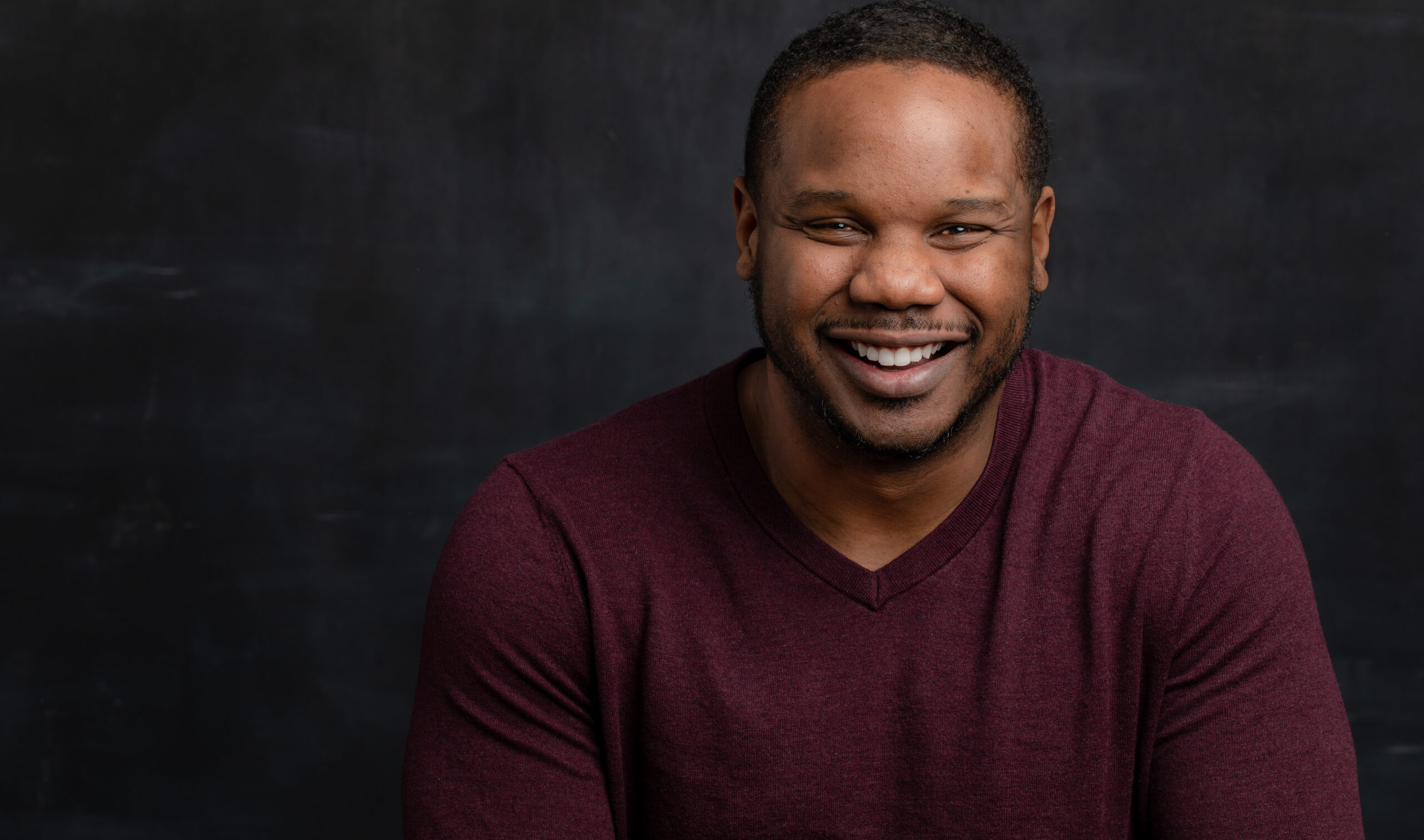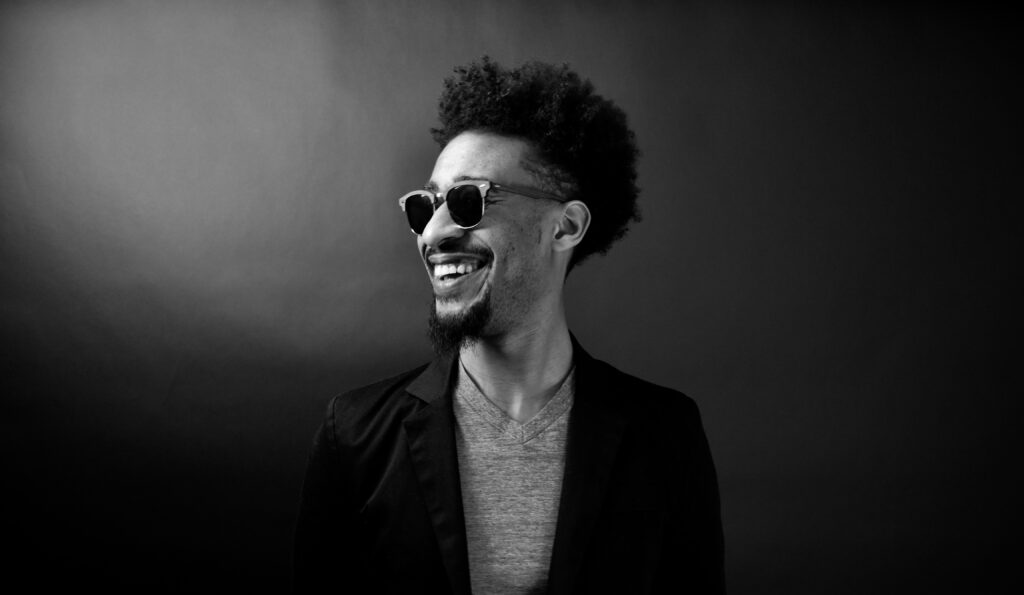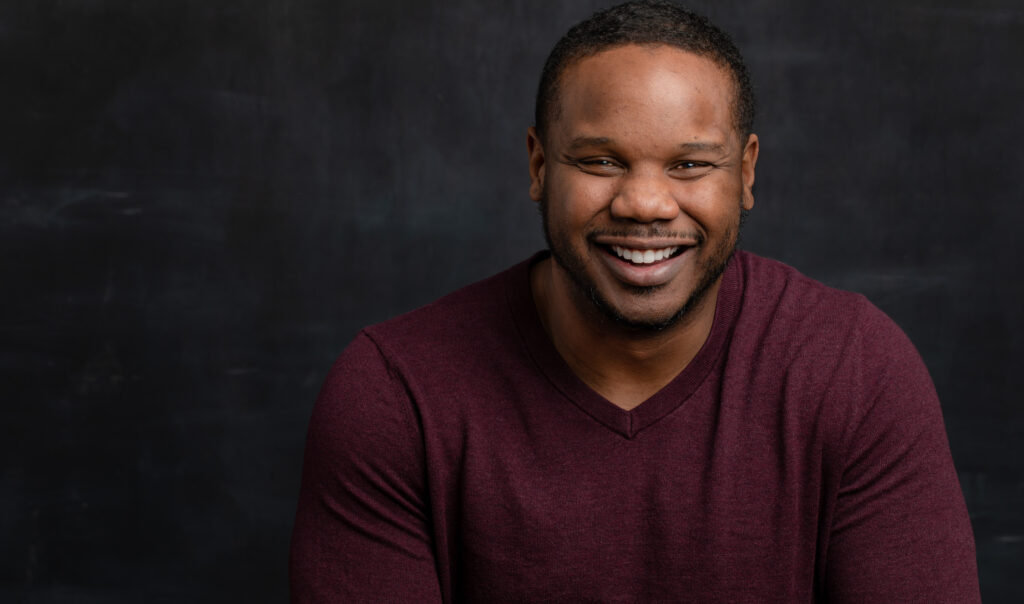
Building An Audience That Cares By Dominic Moore-Dunson
My entire dance-life, I have lived in NE Ohio outside of a few short stints performing in Washington, DC or training in New York. I love Akron – my small midwestern city that punches above its weight class in lots of ways. We love many things: calling ourselves the Rubber City; LeBron James, of course; and we love those Cleveland Browns.
A few years ago after a particularly small audience showed up for a Sunday matinee, I asked a fellow male dancer after the show, “Bro, why do you think folks didn’t show up today? The tickets were pretty cheap, it wasn’t a late show, church was over.” With the most nonchalant look on his face he said, “Browns are playing the Steelers today, man. I’ve been checking the score on my phone backstage. I’d rather be watching the game than be at this performance, too!”
This was the moment my curiosity about the relationship between dance and audiences awakened. Of course, people in NE Ohio are not showing up to a dance performance on a Sunday in September while the Browns are playing. The question was why. I spent weeks thinking about why. The only conclusion I could come up with was because no one really cares that much about dance.
Don’t get me wrong, I know people enjoy dance when they see it, but Dance—its artists, companies, history, culture—generally does not hold enough meaning for most people to sacrifice their time and money for a dance experience.
As I started my career as a choreographer, I was determined to find the answer to the question, How do I get people to care about what I do? I wasn’t interested in creating work no one cared about. I wanted people to be engaged in the process and the product. I’ve been on a journey experimenting with artistic process, marketing, and community engagement to find an answer.
With earlier projects like The Black Card Project and inCOPnegro:Aftermath, I have focused on the concept of building an audience. However, I’ve come to understand that what I’ve really wanted is to build a community who cares about me as much as my work. An audience is a group of individuals who voyeuristically connect with the products you produce for them. A community is a group of people who want to engage, be a part of process, experience the product, and connect with one another as well as the artist. At the end of the day, I want to build a community that appreciates and reflects my creative process: people coming together and connecting across common themes to have conversations and experiences that bring them closer together.



I believe I have found the answer with my newest work, The Remember Balloons. I stumbled across this children’s book on a visit to the Akron-Summit County Public Library with my children. As I read the book —a story about family, memory loss, and connection—tears rolled down my cheeks. I knew I had to find a way to adapt this story for the stage. I reached out to the author and illustrator and connected with potential collaborators, donors, and presenters. The momentum was palpable every step along the way. Almost every person I spoke to had some personal connection with memory loss or Alzheimer’s disease. We all experience grief, and so many of us long for rich, beautiful connections with each other, our kids, and our families to help make difficult conversations a bit easier. This wave of early support signaled to me– people care about this.
This month, The Remember Balloons will have its world premiere in McLean, Virginia and will continue on a national tour – my first national tour – across the U.S. for the 2024-2025 season. We just performed for 600+ school children and invited guests in Cleveland. The giggles, gasps and cheers in that theater let me know that the audience was connecting – people care about this.
I don’t know what the future holds for me, my work, and The Remember Balloons, but the momentum, connection, and care I feel lets me know I am on the right path.
If you’re considering similar questions, grab a journal, your memo app on your phone, or a friend. Ask yourself the following questions:
- What do I do? How many ways can I name it? (Example: choreographer, dance maker, movement artist, et cetera)
- How would I share what I do with someone in a way that lives outside of that practice?
- How do I get people to care about what I do?
In response, make a list of experiments you could try next week. Choose one. Begin!
Adapted from “Building an Audience That Cares” written by Dominic Moore-Dunson from Artists on Creative Administration: A Workbook from the National Center for Choreography, edited by Tonya Lockyer. NCCAkron Series in Dance. Copyright © 2024 by The University of Akron Press. Reprinted by permission.
Dominic Moore-Dunson is an artist, choreographer, and entrepreneur. ArtsNow has partnered with NCCAkron to share case studies from this new book and beyond.